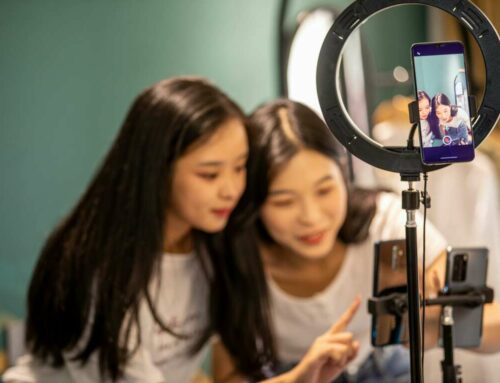
Tips for Creating Eye-Catching Infographics for LinkedIn
Infographics are a powerful tool for capturing attention on LinkedIn, where professionals seek content that is both informative and visually appealing. To ensure your infographics stand out, consider the following essential tips.
1. Understand Your Audience
Before designing your infographic, take time to understand your target audience on LinkedIn. Knowing their preferences and pain points will help you create content that resonates. Use tools like Hootsuite’s audience insights to gather valuable data on your LinkedIn connections.
2. Choose a Compelling Topic
Your infographic should address topics that are relevant and timely. Consider trending subjects in your industry or common challenges your audience faces. Utilize platforms like Google Trends to identify hot topics and ensure that your infographic adds value to LinkedIn discussions.
3. Focus on Visual Appeal
The design of your infographic is critical for grabbing attention. Here are a few tips to enhance its visual appeal:
- Use Color Wisely: Choose a color palette that aligns with your brand and is visually pleasing.
- Incorporate Eye-catching Graphics: Use high-quality images and icons to break up text and draw the eye.
- Ensure Readability: Opt for a clean layout with easy-to-read fonts and appropriate text sizes.
For more design inspiration, check out resources from Canva’s Design School.
4. Provide Valuable Information
Your infographic should not only look good but also deliver valuable insights. Include key statistics, actionable tips, or step-by-step guides that your audience can benefit from. Ensure all information is accurate by cross-referencing data from reputable sources, such as Statista for statistics or Pew Research Center for research-backed information.
5. Promote Your Infographic Effectively
After creating your infographic, it’s essential to promote it strategically. Share it on your LinkedIn profile, in relevant groups, and consider using LinkedIn’s sponsored content feature to reach a broader audience. Additionally, engage with your audience by asking for their thoughts or sharing related content to foster discussion.


































